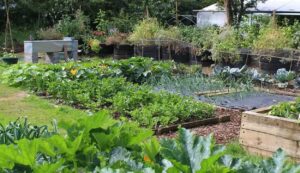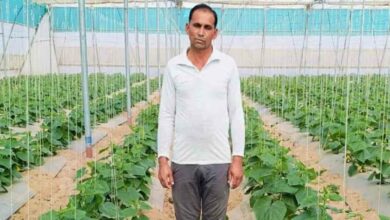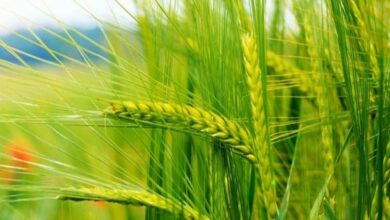Mixed Cropping: With the help of mixed crop farming, this farmer is producing crops worth lakhs of rupees today
Mixed Cropping: By eschewing conventional agricultural practices, a forward-thinking farmer in the Amreli area has successfully experimented with mixed crops. He has started growing both teti and cabbage together, and it is producing a large amount of profit for him. This approach is also motivating for farmers who want to increase their profits via agricultural value addition, packaging, and direct sales. By growing Teti on 18 bighas of land and cabbage on 6 bighas, this farmer has produced a harvest of lakhs of rupees.

The wonder of Dharmeshbhai Mathukia
Living in Amarpur village in Kunkavav taluka of Amreli district, 45-year-old Dharmeshbhai Mathukia has only completed his eighth-grade education, but his agricultural expertise has helped him become a prosperous farmer. He has 90 bighas of land, of which 18 are the first bighas where he has tried growing tobacco and cabbage together. Because of his initiative, he has produced thousands of rupees.
Teti farming made him rich
Out of the 18 bighas where Dharmeshbhai planted Teti, each plot is producing 800–1000 boxes. A single package weighs 5 kilograms. Big marketplaces like Ahmedabad, Surat, Vadodara, and Rajkot sell Teti because of its sweetness and quality. He has also grown cabbage, which is now sold for Rs 10 per kg, as a mixed crop in 4 to 5 bighas. A bigha may earn between twenty and twenty-five thousand rupees by producing around 500 maunds of cabbage. From growing cabbage, Dharmeshbhai should make around Rs 1 lakh in profit overall.
Great earnings through retail sales
According to Dharmeshbhai, he has improved the way Teti is grown. Three plots of six bighas each have been used to grow teti on a total of eighteen bighas. In a single bigha, the output is Rs 2 lakh, while the expense is merely Rs 50,000. In other words, each bigha brings in a profit of Rs 1.50 lakh. His entire output is now Rs 19 lakh as a result. The unique aspect is that, rather than selling his goods in the market, Dharmeshbhai sells them directly to customers and in the open market, which improves his pricing.
A source of inspiration for other farmers
A group of workers, according to Dharmeshbhai, transport carts of tadka to Surat, Ahmedabad, and Vadodara, where they are sold. Conversely, some farmers get very low prices for their products since they sell them in the marketplaces at wholesale rates.





